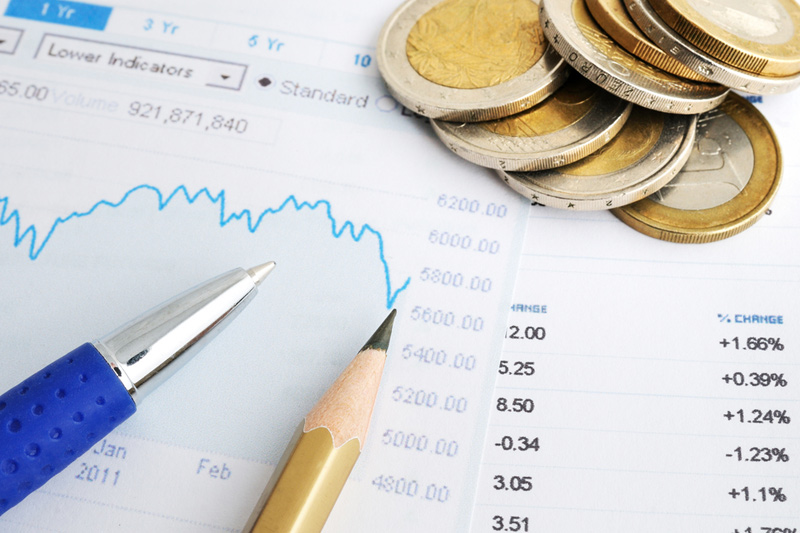How Are Markets Reacting After U.S. Inflation?
According to data from the U.S. Department of Labor, the Consumer Price Index (CPI) has increased by 0.2% for the fourth consecutive month. This data aligns with expectations. On a year-over-year basis, CPI rose by 2.6% in October, while core CPI, excluding food and energy, increased by 0.3%.
The continued rise in U.S. consumer prices in October indicates that the low trend in inflation has slowed since mid-year. There is a growing sentiment that this may lead the Federal Reserve to implement more limited interest rate cuts next year.
How did the market react? These economic indicators triggered swift responses in the markets. U.S. futures signaled a stable opening, rising by 0.2%. On the bond front, the yield on the 10-year U.S. Treasury bond fell to 4.378% while the two-year yield dropped to 4.273%. In the currency markets, the dollar index fell by 0.2%, easing somewhat, while the euro gained in value, rising by 0.16%.
The cryptocurrency market also experienced volatility following the inflation data. Bitcoin rose by 2.36% in the last hour, reaching up to $89,696 before slightly easing towards the $89,000 mark. Ethereum followed a similar trend, rising to $3,246. Overall, the total market value increased by 2% in the last hour, further solidifying the recovery trend that has been ongoing since this morning. PEPE drew attention with a value increase of nearly 30% in the last hour.
In the domestic market, the dollar/TL remained steady at 34.34 and the euro/TL at 36.55, while gold increased by half a point to 2,885 TL. Following the U.S. inflation data, there has been a rise in global risk appetite. The BIST 100 also rose by over 1% in the last hour, increasing its daily value gain to around 1.7% and starting to test the 9,400 point level.


